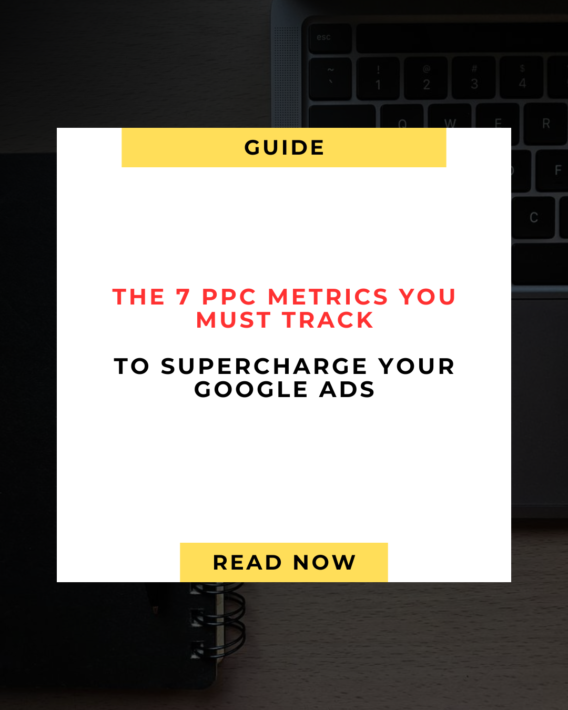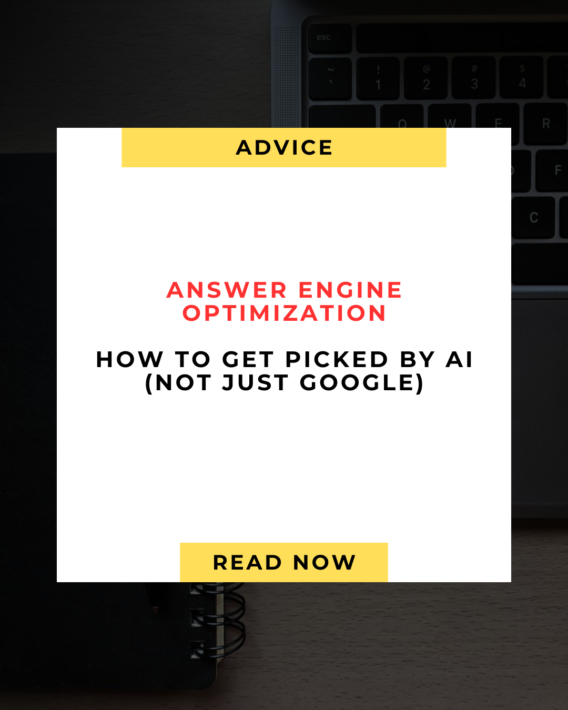
🔍 Google Ads Audit: Your 2025 Roadmap to Smarter Campaigns
Running Google Ads without a regular audit is like driving a car without checking the oil. Sure, it might run for a while, but eventually, something’s going to break down. In 2025, with AI-driven automation, stricter privacy laws, and evolving user behavior, a thorough Google Ads audit isn’t just recommended—it’s essential. Let’s dive into how to audit your Google Ads account like a pro.
🧰 1. Confirm Your Conversion Tracking Is Accurate
Before analyzing any data, ensure your conversion tracking is set up correctly. Misconfigured tracking can lead to inaccurate data, skewing your campaign performance.
- ✅ Check for Duplicate Conversions: Ensure you’re not double-counting conversions, especially if you’re using both Google Ads and Google Analytics.
- 🔄 Verify Tag Implementation: Use Google Tag Manager or the Google Tag Assistant to confirm that all tags are firing correctly.
- 📞 Include All Conversion Actions: Track all relevant actions, such as form submissions, phone calls, and purchases.
🗂️ 2. Review Your Account Structure
An organized account structure is the backbone of a successful Google Ads campaign.
- 🧱 Campaign Organization: Group campaigns by product categories, services, or business objectives.
- 🎯 Ad Groups: Each ad group should contain closely related keywords to ensure ad relevance.
- 🔍 Keyword Match Types: Use a mix of broad, phrase, and exact match keywords to balance reach and precision.
🔑 3. Evaluate Keyword Performance
Keywords are the foundation of search campaigns. Regularly assess their performance to ensure efficiency.
- 📊 Search Terms Report: Identify irrelevant or underperforming keywords to add as negative keywords.
- 💸 Cost-Effective Keywords: Focus on keywords with a high conversion rate and low cost-per-click (CPC).
- 🧠 Intent-Based Targeting: Prioritize keywords that align with user intent, such as “buy,” “best,” or “near me.”
📈 4. Assess Ad Performance
Your ads are the first impression potential customers have of your business. Ensure they’re compelling and effective.
- 📝 Ad Copy Testing: Regularly A/B test headlines, descriptions, and calls to action (CTAs).
- 🧪 Responsive Search Ads (RSAs): Utilize RSAs to allow Google to test different combinations of headlines and descriptions.
- 🧠 Ad Extensions: Implement all relevant ad extensions, such as sitelinks, callouts, and structured snippets, to enhance ad visibility.
🧭 5. Analyze Audience Targeting
Reaching the right audience is crucial for campaign success.
- 👥 Audience Segments: Use in-market and affinity audiences to target users actively interested in your offerings.
- 📧 Customer Match: Upload first-party data to re-engage existing customers or find similar audiences.
- 🌍 Geographic Targeting: Ensure your ads are reaching users in the desired locations.
📱 6. Optimize Device Targeting
User behavior varies across devices, so tailor your campaigns accordingly.
- 📱 Device Performance: Analyze performance metrics by device to identify areas for optimization.
- 🖥️ Bid Adjustments: Adjust bids based on device performance to allocate budget effectively.
- 🧪 Mobile-Friendly Ads: Ensure your ads and landing pages are optimized for mobile users.
💰 7. Review Budget Allocation
Efficient budget allocation ensures you’re investing in the right areas.
- 📊 Budget Distribution: Allocate budgets based on campaign performance and business priorities.
- 🔄 Flexible Budgets: Adjust budgets as needed to capitalize on high-performing campaigns.
- 🧮 Bid Strategies: Consider automated bid strategies like Target CPA or Maximize Conversions to optimize spend.
🔄 8. Examine Bidding Strategies
Your bidding strategy dictates how your budget is spent.
- 🧠 Smart Bidding: Utilize Google’s automated bidding strategies to optimize for conversions.
- 🎯 Manual Bidding: For more control, use manual CPC bidding, adjusting bids based on keyword performance.
- 📊 Bid Adjustments: Implement bid adjustments for factors like location, time of day, and device.
🧾 9. Check Ad Scheduling
Ad scheduling ensures your ads appear at the most opportune times.
- 🕒 Peak Hours: Analyze performance data to identify peak hours and days for your business.
- 📅 Schedule Ads: Set your ads to run during high-performing times to maximize ROI.
- 🧪 Test Schedules: Experiment with different ad schedules to find the optimal times for your audience.
🧪 10. Implement A/B Testing
Continuous testing is key to improving campaign performance.
- 🧠 Test Variables: Regularly test different elements, such as ad copy, landing pages, and bidding strategies.
- 📊 Analyze Results: Use statistical significance to determine the effectiveness of tests.
- 🔄 Iterate: Continuously refine your campaigns based on test results to drive better outcomes.
🚫 Common Mistakes to Avoid
Even seasoned marketers can fall into traps. Be aware of these common pitfalls:
- 🧩 Inconsistent Conversion Tracking: Inaccurate tracking can lead to misguided decisions.
- 🔄 Ignoring Exact Match Keywords: While broad match keywords offer reach, exact match keywords often yield higher conversion rates.
- 🧭 Inconsistent Campaign Settings: Ensure uniform settings across campaigns to maintain control and consistency.
- 🧠 Neglecting Ad Extensions: Missing out on ad extensions can reduce ad visibility and CTR.
🛠️ Tools to Assist Your Audit
Leverage these tools to streamline your audit process:
- 🛠️ Google Ads Performance Grader: Analyze your account’s performance and identify areas for improvement.
- 📊 Google Analytics 4 (GA4): Gain deeper insights into user behavior and campaign effectiveness.
- 🧪 Optmyzr: Utilize automated tools for campaign optimization and auditing.
📌 Final Thoughts
Conducting a Google Ads audit in 2025 is more than just a routine check—it’s a strategic necessity. With the increasing complexity of digital advertising, staying proactive ensures your campaigns remain effective and efficient. Regular audits allow you to adapt to changes, capitalize on opportunities, and continuously improve performance.











